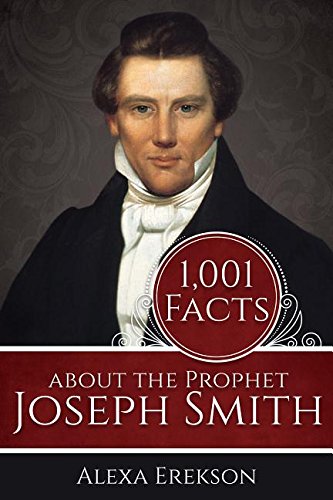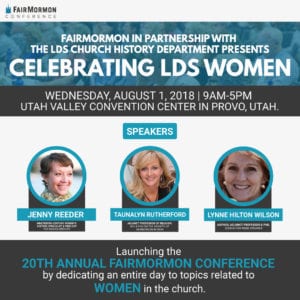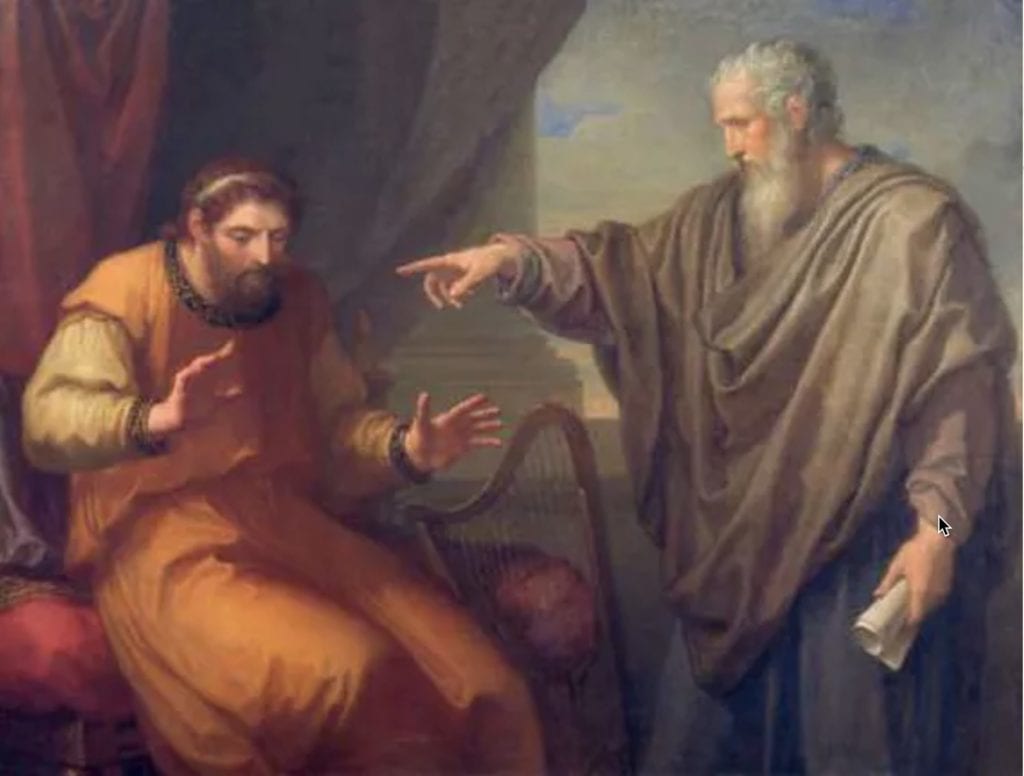Podcast: Download (44.5MB)
Subscribe: RSS
This podcast series features past FairMormon Conference presentations. This episode is a presentation from our 2018 conference.
Matt McBride, Women of the Global Church: Stories on history.lds.org
Transcript available here.
 Matthew McBride is the web content manager for the Church History Department and a graduate student in American history at the University of Utah. He is the author of A House for the Most High: The Story of the Original Nauvoo Temple and coeditor of Revelations in Context: The Stories behind the Sections of the Doctrine and Covenants. Matthew has also published in the Ensign and the Journal of Mormon History. He lives in American Fork, Utah, with his wife Mary and their four children.
Matthew McBride is the web content manager for the Church History Department and a graduate student in American history at the University of Utah. He is the author of A House for the Most High: The Story of the Original Nauvoo Temple and coeditor of Revelations in Context: The Stories behind the Sections of the Doctrine and Covenants. Matthew has also published in the Ensign and the Journal of Mormon History. He lives in American Fork, Utah, with his wife Mary and their four children.
Audio Copyright © 2018 The Foundation for Apologetic Information and Research, Inc. Any reproduction or transcription of this material without prior express written permission is prohibited.
 Brittany A. Chapman Nash is a historian at the Church History Library of The Church of Jesus Christ of Latter-day Saints. She received a BA in Humanities from Brigham Young University and an MA in Victorian Studies from the University of Leicester. She specializes in nineteenth-century Mormon women’s history and is co-editor with Richard E. Turley Jr. of the seven-volume Women of Faith in the Latter Days series, which features the life writings of Latter-day Saint women. She serves on the executive committee of the Mormon Women’s History Initiative Team (MWHIT). She and her husband, Peter Nash, live in Salt Lake City.
Brittany A. Chapman Nash is a historian at the Church History Library of The Church of Jesus Christ of Latter-day Saints. She received a BA in Humanities from Brigham Young University and an MA in Victorian Studies from the University of Leicester. She specializes in nineteenth-century Mormon women’s history and is co-editor with Richard E. Turley Jr. of the seven-volume Women of Faith in the Latter Days series, which features the life writings of Latter-day Saint women. She serves on the executive committee of the Mormon Women’s History Initiative Team (MWHIT). She and her husband, Peter Nash, live in Salt Lake City.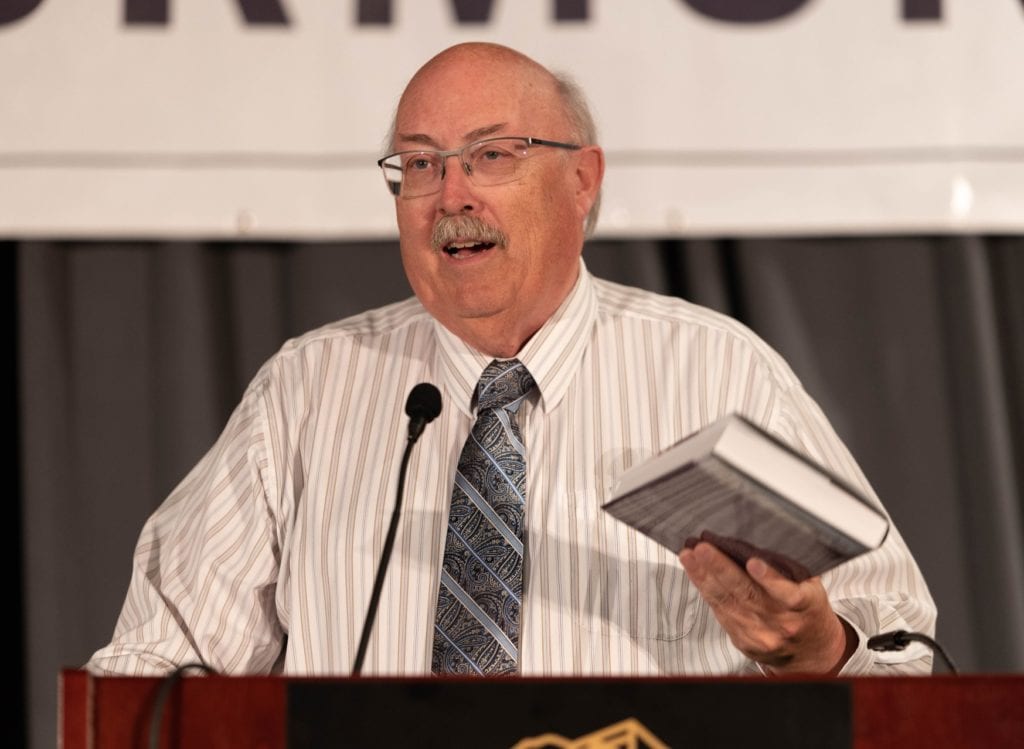 Our volunteers have been very busy transcribing the presentations from the conference held in August. The following transcripts are now available:
Our volunteers have been very busy transcribing the presentations from the conference held in August. The following transcripts are now available: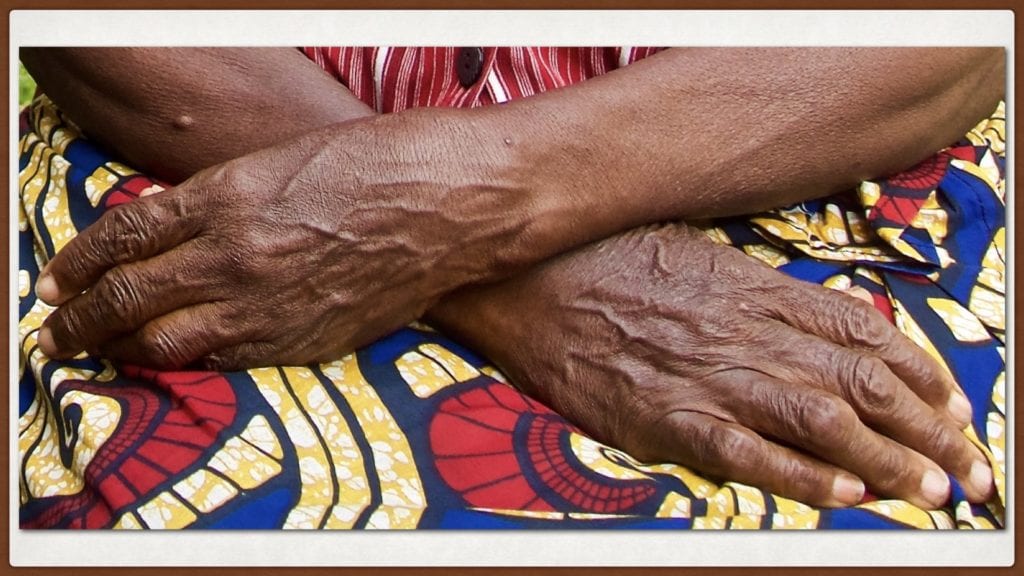
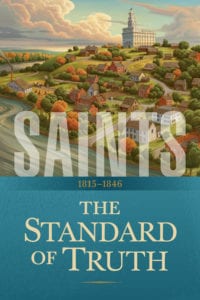 This podcast series features past FairMormon Conference presentations. This is a special episode that contains the first of two presentations given at our conference earlier this month about the new series being published by the Church, Saints: The Story of the Church of Jesus Christ in the Latter Days, the first volume of which will be released on Tuesday, September 4. (If you would like to watch the video of this and the other presentations from the 2018 conference, you can still purchase
This podcast series features past FairMormon Conference presentations. This is a special episode that contains the first of two presentations given at our conference earlier this month about the new series being published by the Church, Saints: The Story of the Church of Jesus Christ in the Latter Days, the first volume of which will be released on Tuesday, September 4. (If you would like to watch the video of this and the other presentations from the 2018 conference, you can still purchase  Scott A. Hales has been a historian/writer for the Church History Department since 2015. He currently works as a writer and story editor for Saints: The Story of the Church of Jesus Christ in the Latter Days, the new four-volume narrative history of the Church. He has a BA in English from Brigham Young University and an MA and PhD in American Literature from the University of Cincinnati. He has published scholarly articles on Mormon and American literature in several academic journals, including Religion and the Arts and The Journal of Transnational American Studies. He currently lives in Eagle Mountain, UT with his wife and five children.
Scott A. Hales has been a historian/writer for the Church History Department since 2015. He currently works as a writer and story editor for Saints: The Story of the Church of Jesus Christ in the Latter Days, the new four-volume narrative history of the Church. He has a BA in English from Brigham Young University and an MA and PhD in American Literature from the University of Cincinnati. He has published scholarly articles on Mormon and American literature in several academic journals, including Religion and the Arts and The Journal of Transnational American Studies. He currently lives in Eagle Mountain, UT with his wife and five children.